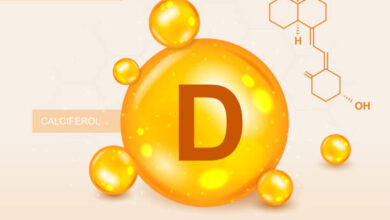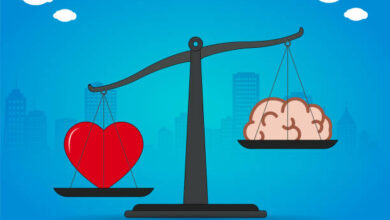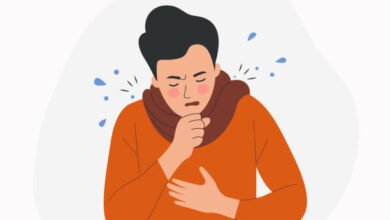The Vital Engine: Unveiling the Mysteries of the Human Heart
The Vital Engine: Unveiling the Mysteries of the Human Heart
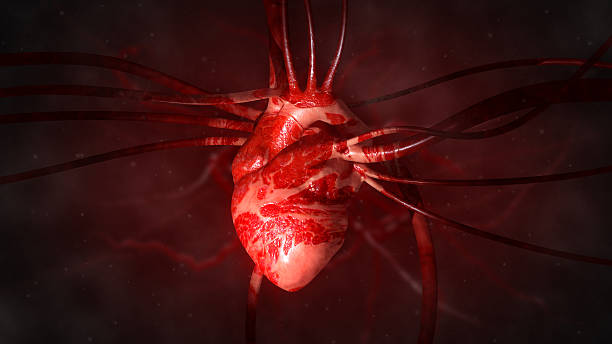
The human heart, often referred to as the seat of emotions and the driving force of life, is a remarkable organ that has captivated minds and inspired countless poems, artworks, and scientific endeavors throughout history. Beyond its poetic symbolism lies a complex and intricate biological marvel that serves as the central engine for the circulation of blood, supplying oxygen and nutrients to every corner of the body.
In this article, we will delve into the depths of the human heart, exploring its anatomy, function, significance, and the ways in which modern medicine has unlocked its mysteries.
Anatomy and Structure: A Masterpiece of Engineering
The human heart is a muscular organ located slightly left of the center of the chest, between the lungs, and protected by the ribcage. It is roughly the size of a clenched fist, weighing around 250 to 350 grams in an adult. The heart is composed of four chambers: two atria (upper chambers) and two ventricles (lower chambers), each with specific roles in the circulatory system.
The right atrium receives deoxygenated blood from the body via the superior and inferior vena cava, while the left atrium receives oxygenated blood from the lungs through the pulmonary veins. From the atria, blood flows into the ventricles, with the right ventricle pumping deoxygenated blood to the lungs for oxygenation, and the left ventricle propelling oxygen-rich blood to the entire body through the aorta.
The heart’s structure also includes a sophisticated electrical conduction system that controls its rhythmic contractions. The sinoatrial (SA) node, often referred to as the “natural pacemaker,” initiates electrical impulses that travel through the atria, causing them to contract and push blood into the ventricles. These impulses then pass through the atrioventricular (AV) node, causing the ventricles to contract and pump blood out of the heart.
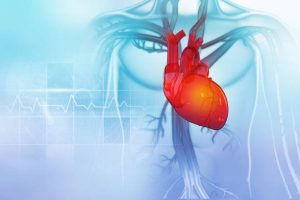
Function: The Life-Giving Pump
The heart’s primary function is to circulate blood throughout the body, ensuring the delivery of oxygen, nutrients, hormones, and other essential substances to every cell, while also removing waste products like carbon dioxide. This process is vital for sustaining life, as cells rely on these resources to generate energy and carry out their functions.
The heart accomplishes its mission through a series of coordinated contractions known as the cardiac cycle. This cycle involves systole, the contraction phase, and diastole, the relaxation phase, of both the atria and ventricles. During systole, blood is expelled from the atria into the ventricles and then pumped out to the lungs and body. During diastole, the chambers fill with blood as they prepare for the next contraction.
Symbolism and Cultural Significance: Beyond Physiology
Beyond its mechanical function, the human heart holds immense symbolic significance across cultures and civilizations. It has long been associated with emotions, compassion, and love. Ancient Egyptians believed the heart was the seat of the soul and intellect. In Christianity, the heart symbolizes love, purity, and devotion. In literature, art, and music, the heart often stands as a metaphor for the deepest human emotions, desires, and connections.
Medical Breakthroughs: Decoding the Heart’s Mysteries
Throughout history, understanding the intricacies of the heart was a daunting challenge. It was not until the 17th century that the English physician William Harvey proposed the concept of blood circulation, revolutionizing our understanding of the heart’s role. Since then, medical advancements have allowed us to probe deeper into the heart’s mysteries.
In the 20th century, the development of techniques like electrocardiography (ECG or EKG) enabled the visualization of the heart’s electrical activity, helping diagnose arrhythmias and other cardiac disorders. Cardiac catheterization, introduced in the 1920s, allowed direct access to the heart’s chambers, aiding in the diagnosis and treatment of various conditions.
However, one of the most significant milestones in the understanding of the heart was the advent of non-invasive imaging technologies. Echocardiography, magnetic resonance imaging (MRI), and computed tomography (CT) scans have enabled detailed visualization of the heart’s structures and function without invasive procedures. This has revolutionized diagnostics, enabling early detection of issues such as congenital heart defects, valve abnormalities, and more.
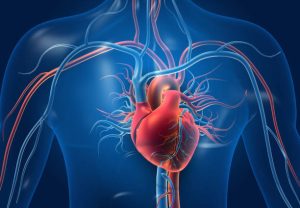
Challenges and Future Frontiers
While modern medicine has made remarkable strides in understanding and treating heart conditions, challenges remain. Cardiovascular diseases, including coronary artery disease, heart failure, and arrhythmias, continue to be the leading causes of death worldwide. Lifestyle factors such as poor diet, and lack of exercise. And stress plays a significant role in the development of these conditions.
The future of heart health lies in the convergence of cutting-edge technology and preventive strategies. Genetic research has begun to unveil the role of genes in heart disease susceptibility. Paving the way for personalized medicine approaches. Innovative treatments, such as regenerative therapies and artificial hearts, are being explored to address heart failure and organ shortage issues.
Conclusion:
The human heart, with its intricate anatomy, awe-inspiring function, and profound symbolism, remains a subject of fascination and study. From its role as a symbol of love and emotion to its central role in sustaining life. The heart holds a place of undeniable importance in human culture and science.
As medical research continues to advance. Unlocking the heart’s secrets and developing new treatments, we stand at the precipice of a new era in heart health. By nurturing a deeper understanding of our own hearts and embracing healthy lifestyle choices. We can contribute to the symphony of life that pulses within each one of us.

